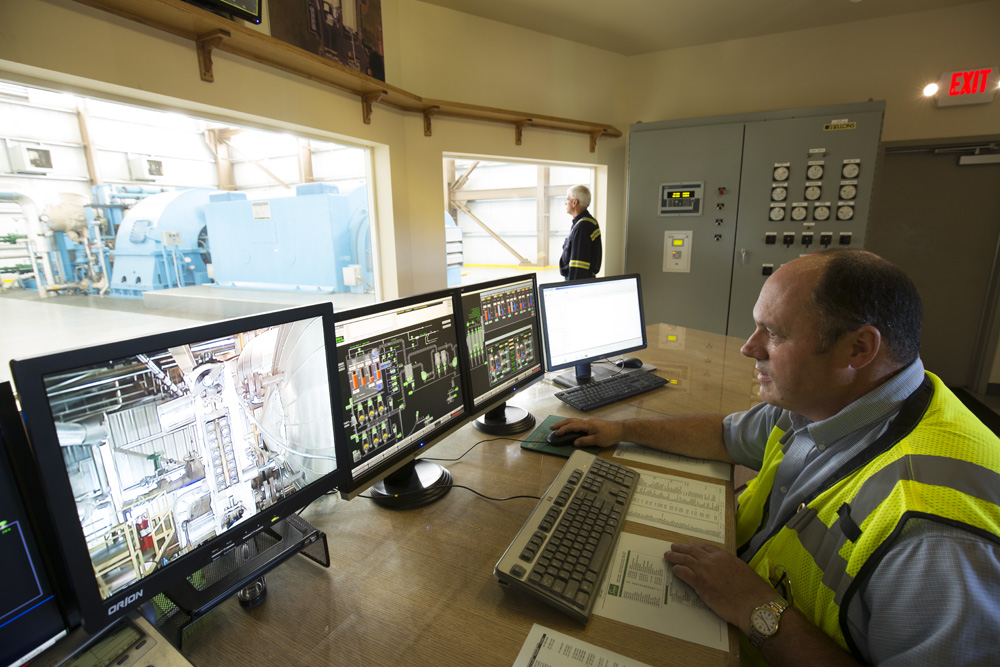How an Oregon Sawmill Turns Wood Scraps Into Power For 13,000 Homes

Did you know that a sawmill in Oregon takes the scraps from their milling process, as well as some scraps that would have otherwise been left out in the woods after a harvest, and uses it as fuel in their biomass plant to make enough sustainable energy to power 13,000 family homes?
Seneca Sawmill Company, in Eugene, Oregon, produces up to 650 million feet of lumber every year. They created Seneca Sustainable Energy company as their answer to best utilize the byproducts from the lumber production process while also creating sustainable energy to help power their community and help their state meet its renewable energy goals.
Seneca has been operating their biomass plant for almost a decade and is considered a certified renewable energy source by the State of Oregon and the U.S. Environmental Protection Agency. This type of energy production is also more reliable than solar and wind energy production, which need consistent weather.
It was not long ago when bark fallout and other wood residuals were considered useless. Mills like Seneca began to think of innovative ways to utilize each log and placed greater value in wood waste through biomass power plants. In 2011, Seneca received its final permit as a sustainable plant and was designated as the cleanest and lowest emission renewable power plant running in the western United States.
This is only a glimpse into the many ways that American lumber powers our communities. By enforcing U.S. trade law, the playing field is leveled for companies like Seneca, giving them the ability to not only compete and grow American lumber jobs, but innovate and contribute to things like a sustainable future for all.
